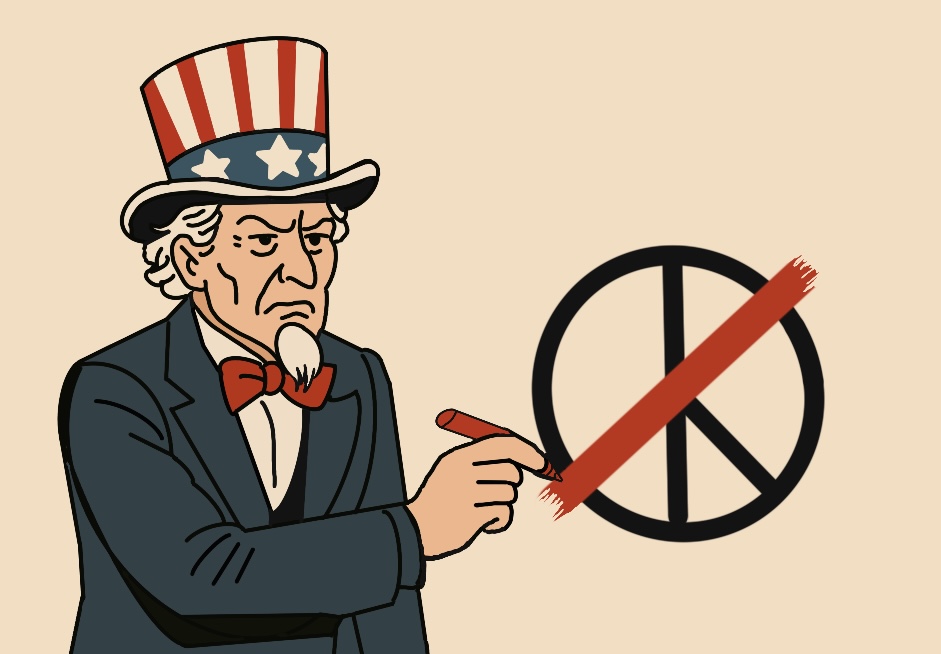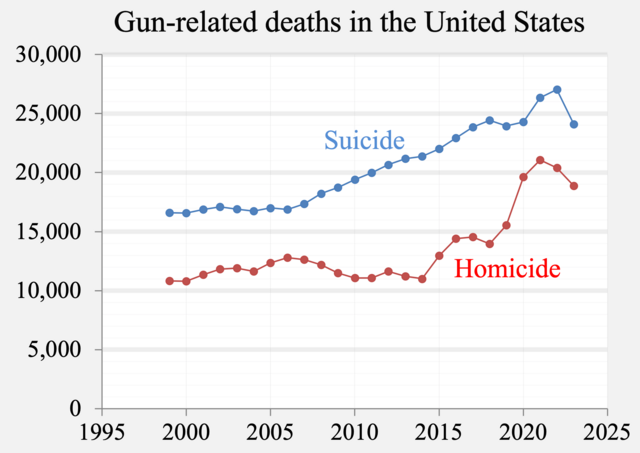On Nov. 14, Israel took out the leader of the military wing of the terrorist organization called Hamas, a man named Ahmed Jabari. A few hours later, Hamas sent a barrage of rockets in retaliation. My classmates and I live in Israel, so we went through this entire experience first-hand.
This is something that happens every couple of years or so, so at first it did not appear to be a big deal. Neither Hamas nor Israel was willing to back down this time, however, so the situation escalated, continued and got worse.
In the week when the conflict took place, Hamas shot nearly 1,500 rockets into Israel, killing six people. Israel shot rockets back to Gaza from the air and sea, killing 187 people. According to a United Nations estimate, at least 103 of the 187 people killed were civilians.
I know the numbers look bad for Israel, but finding and killing Hamas terrorists is a challenging and dangerous task. Unlike Hamas, which fires pipes with nails wherever they can in the hopes of killing someone, Israel has sophisticated missiles they can accurately aim and therefore destroy specific targets. In fact Israel even has missiles that can be controlled and steered toward a target, so the person that they want to kill may be killed with as few civilian casualties as possible, which cannot be said of the bombs made by Hamas.
Unfortunately, taking out Hamas members is almost impossible to do without some civilian casualties because of where they choose to locate themselves in the Gaza Strip. Hamas builds weapon manufacturing facilities under active schools and hospitals and shoots rockets from the same places. In other words, Hamas uses civilians as human shields against Israel because they know Israel will not shoot at places where there is a high probability of causing civilian casualties due to morals and public relations.
Israel did the right thing. Government officials did their best to lower civilian casualties and prevent themselves from having to perform a ground operation, though many Israelis wanted the Israeli Defense Force to go in and retake Gaza which would cause the casualty rate to soar.
Ever since Israel pulled out of Gaza in 2005 and Hamas took control, the Israeli cities near Gaza, like Ashkelon which was hit very hard during Operation Pillar on Defense, have had to live knowing rockets could be fired at them at any moment.
A lot of Israelis in the area near Gaza thought Israel didn’t do enough to protect them. They were sick and tired of the constant threat of rocket fire and wanted Israel to finish the job and not collapse under the calls for peace coming from the UN and many other countries.
Israel has the right to defend itself and do what is best for its civilians, which they did during Operation Pillar of Defense.








